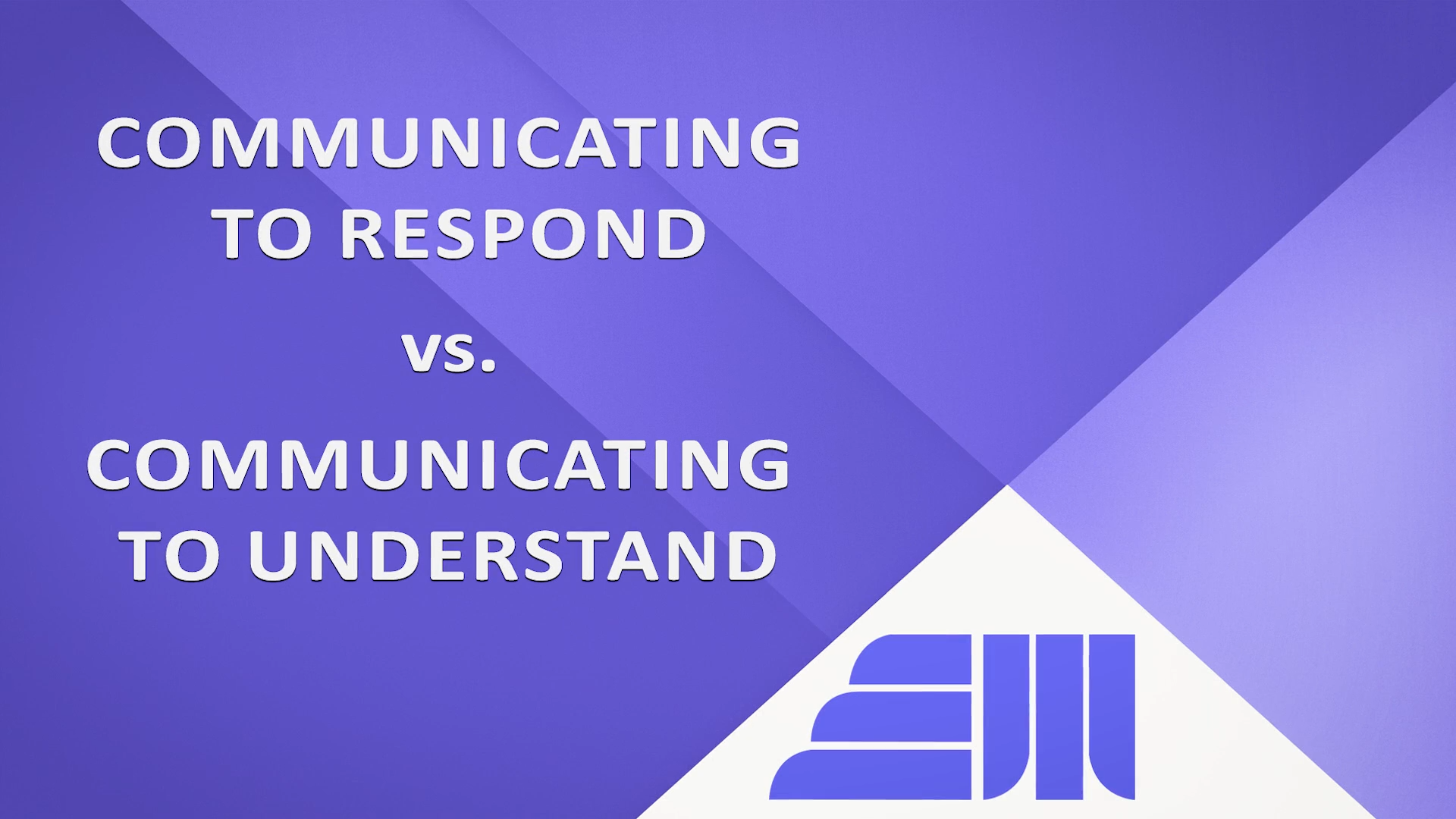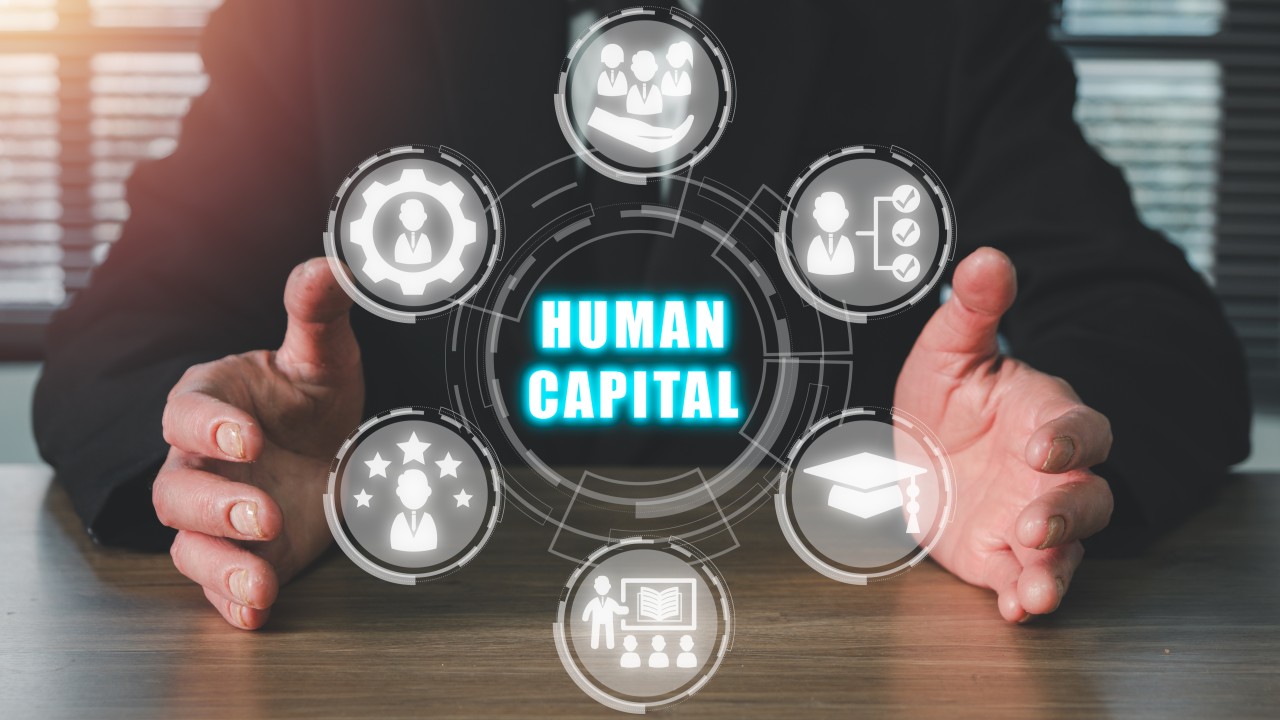
Distinguish Your Leadership with the Combination of Passion and Compassion
Being a passionate leader is no longer enough. Great leaders balance fire with empathy, drive with discernment, and urgency with understanding...

Founder
By Gerald Parsons • Nov 6, 2023
Pain is an inevitable part of the human experience. From physical discomfort to emotional anguish, pain takes many forms and can strike at any time. While it's natural to want to avoid pain, there's a perspective that suggests pain always has a point. In this article, we will explore the idea that pain serves a purpose and can be a powerful catalyst for growth, change, and self-discovery.
Pain can be both physical and emotional, and it often carries a negative connotation. We tend to associate pain with suffering, and our instinct is to avoid it at all costs. However, when we delve deeper into the nature of pain, we discover that it can be a valuable teacher.
Pain is often a catalyst for growth and change. It pushes us out of our comfort zones and forces us to confront our limitations. Here's how pain can contribute to personal development:
While it's natural to want to avoid pain, there's value in embracing it as a part of the human experience. Instead of running from pain, we can choose to confront it with courage and curiosity. Here are some ways to do that:
Pain is not something to be feared or avoided at all costs. Instead, it should be regarded as an essential part of the human experience. Pain always has a point—it serves as a warning system, a teacher, and a catalyst for growth. By embracing pain with courage and an open heart, we can transform it into an opportunity for self-discovery, resilience, and personal development. Ultimately, it is through our experiences with pain that we can become stronger, wiser, and more compassionate individuals. If you're suffering from the pain of emotional stress, we can help.

Being a passionate leader is no longer enough. Great leaders balance fire with empathy, drive with discernment, and urgency with understanding...

Founder

When communication breaks down, so does trust. And when trust disappears, so does engagement, performance, and retention...

Founder

In todays rapidly evolving business landscape, organizations are increasingly recognizing that their most valuable asset isn't their technology, infrastructure, or even their intellectual property—it's their human capital.

Founder